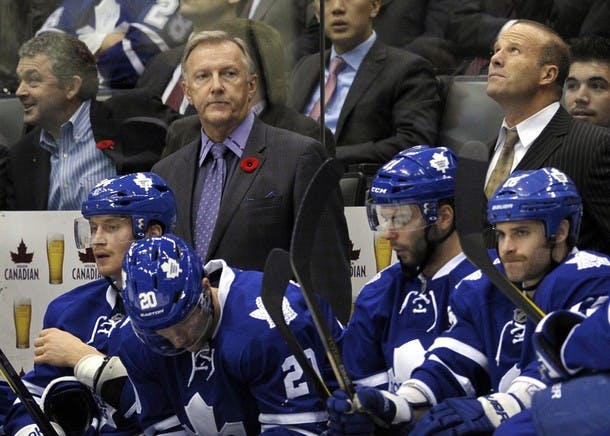Looking back on the Leafs’ 2011-12 season 10 years later
Apr 25, 2022, 11:00 EDT
Breaking News
- Maple Leafs are in good position with Panthers despite back-to-back losses
- The Leafs need more from Marner & Matthews: Leafs Morning Take
- Maple Leafs’ Max Domi fined $5,000 for hit on Panthers’ Aleksander Barkov
- Craig Berube believes Panthers’ Kulikov’s hit on Marner ’10 times worse’ than Domi’s hit on Barkov
- Auston Matthews discusses need for discipline after Panthers even series in Game 4
